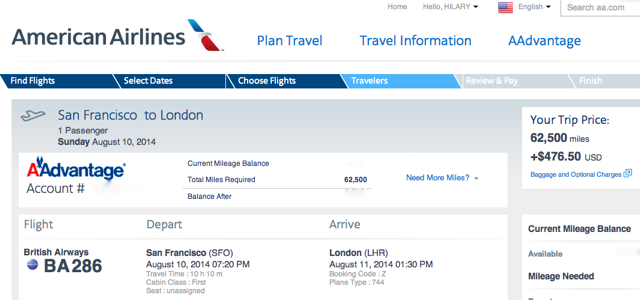– Benefits for the borrower: The borrower can use the collateral to obtain financing that may not be available or affordable otherwise. higher mortgage numbers, and longer repayment periods. The borrower can also retain the ownership and use of the collateral, as long as the loan obligations are met.
– Threats toward debtor: The fresh new debtor confronts the possibility of dropping the guarantee if the loan loans commonly found. The new debtor plus faces the possibility of getting the loan amount and you may words adjusted based on the alterations in the brand new equity value and performance. The fresh new debtor in addition to face the risk of obtaining collateral subject with the lender’s manage and you can evaluation, which may reduce borrower’s independence and confidentiality.
– Benefits for the lender: The lender can use the collateral to secure the loan and reduce the credit risk. The lender can also use the collateral to recover the loan amount and costs in case of default. The lender can also use the collateral to monitor and influence the borrower’s operations and performance, which may improve loan top quality and profitability.
– Threats on the lender: The lending company face the risk of obtaining the security reduce their really worth otherwise high quality due to ages, thieves, or swindle. The lending company along with face the possibility of having the equity feel inaccessible or unenforceable because of court, regulatory, or contractual factors. The financial institution together with face the risk of getting the equity sustain additional can cost you and liabilities on account of maintenance, shop, insurance, taxes, otherwise litigation.
Facts Guarantee within the Investment Based Financing – Investment depending financing infographic: Tips photo and you will see the key facts and you can numbers off asset situated financing
5.Skills Collateral Conditions [Completely new Blogs]

One of the most important aspects of asset based lending is understanding the collateral requirements. Collateral is the assets that you pledge to secure the loan, such as accounts receivable, inventory, equipment, or real estate. The lender will evaluate the quality and value of your collateral and determine how much they are willing to lend you based on a certain percentage of the collateral’s appraised value. This percentage is called the advance rate. The higher the advance rate, the more money you can borrow. However, the collateral requirements also come with certain conditions and restrictions that you need to be aware of and comply with. In this section, we will talk about the pursuing the subject areas associated to collateral requirements:
step one. The way the bank monitors and you may audits the guarantee. The lender will need one to offer regular reports with the condition and performance of your security, such as for instance aging reports, index accounts, transformation records, an such like. The lending company also run unexpected audits and you can monitors of your collateral to ensure the accuracy of reports therefore the updates of the possessions. The fresh new volume and you can scope of them audits may differ according to the kind and sized the loan, the grade of their guarantee, as well as the number of chance on it. You may be accountable for the expense of these audits, that will are priced between just a few hundred to a lot of thousand cash for every audit. You’ll also need work into the lender and provide all of loans in Terryville them with use of your own instructions, suggestions, and you will properties in the audits.
The lending company use different ways and you can criteria so you’re able to value their guarantee according to particular resource
2. How the lender values and adjusts your collateral. For example, accounts receivable ount, inventory may be valued based on the lower of cost or ent may be valued based on the forced liquidation value, and real estate may be valued based on the fair market value. The lender will also apply certain discounts and reserves to your collateral to account for potential losses, dilution, or depreciation. For example, the lender may exclude or reduce the value of accounts receivable that are past due, disputed, or from foreign customers, inventory that is obsolete, damaged, or slow-moving, equipment that is outdated, worn, or idle, and real estate that is encumbered, contaminated, or subject to zoning issues. The lender will adjust the value of your collateral periodically according to the changes in industry standards, the performance of your business, and the results of the audits. These adjustments ount of money you can borrow or the availability of your loan.
